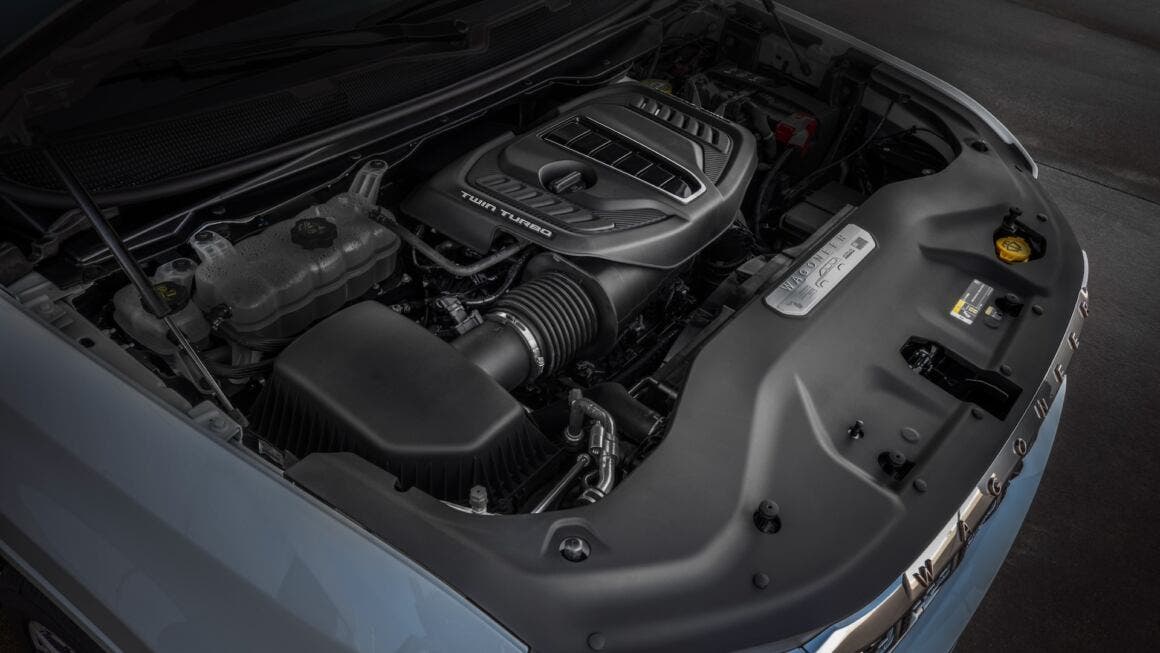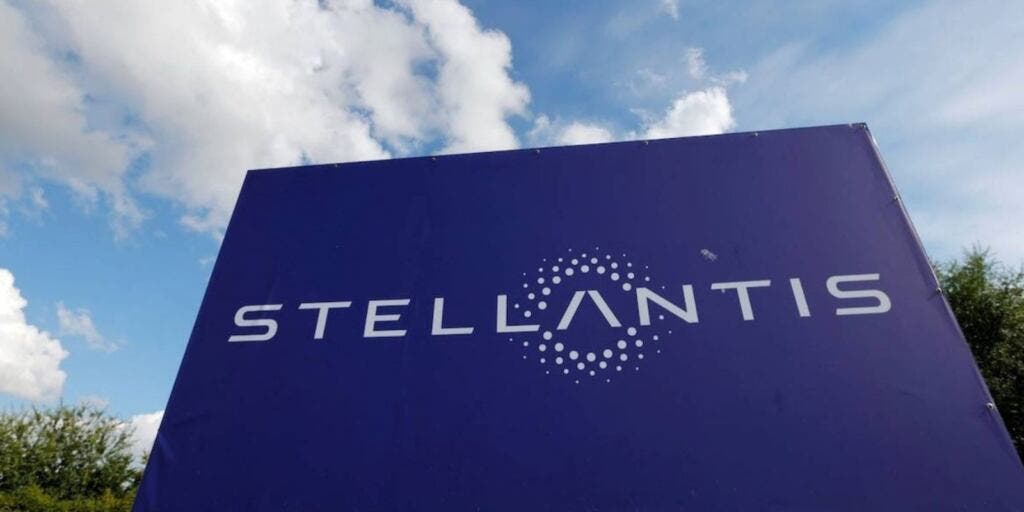Although many major global automakers are shifting their focus toward fully electrifying their vehicle lineups in the next decade, there’s still discussion about the millions of gas-powered vehicles that will be sold in the interim. While some companies have stopped developing new internal combustion engines (ICE), others like Stellantis, led by Micky Bly, Head of Global Propulsion Systems, remain committed to ICE development.
Stellantis is enthusiastically embracing the electric vehicle (EV) trend, in line with the industry’s general direction. However, they have allocated a portion of their budget to maintain and potentially enhance their gasoline offerings while concurrently developing and introducing new EV models. Stellantis aims for full electric sales in Europe by 2030, but only half of their sales in the U.S. by the same time, leaving room for gasoline and hybrid models, as long as there are no unforeseen pro-EV or anti-ICE regulations or interference.
Not only electric vehicles, Stellantis is about to launch new gasoline engines
During a conference in Detroit, Micky Bly hinted at the development of new gas engines. Stellantis has recently introduced the Hurricane I-6 engine family, featuring standard and high-output (HO) versions. Bly suggested that a 2.0-liter inline-four-cylinder version based on the same architecture is in the pipeline. Furthermore, he implied that the I-6 version could offer even more power than its current 500+ hp HO version, possibly for non-EV next-gen Charger variants.
Surprisingly, Bly confirmed that Stellantis will continue to produce their current Pentastar V-6 engine, albeit with updates, likely involving some form of hybridization. Additionally, a new three-cylinder engine based on an existing European design is in the works.
Bly also mentioned the development of new diesel engines, despite the discontinuation of the company’s 3.0-liter diesel engine. There are expectations of “a low-displacement diesel and a big diesel,” although these engines may not be intended for the U.S. market, and that decision might still be pending. Even without the two diesel engines, Bly’s comments suggest a significant focus on ICE development.
The exact vehicle models for these engines remain uncertain, as Stellantis’ brand roadmaps are yet to be fully disclosed. For example, the upcoming Dodge Charger Daytona was initially introduced as an EV, but factory images hint at the possibility of an ICE version. Jeep and Dodge SUVs may also require engines in the future. On the other hand, Alfa Romeo is transitioning to an all-EV lineup beginning in 2025, and Chrysler is expected to follow suit by 2028, raising questions about whether these brands will introduce any new gasoline models in the interim. Nonetheless, within Stellantis, it’s clear that there is still a commitment to gasoline engine development.


